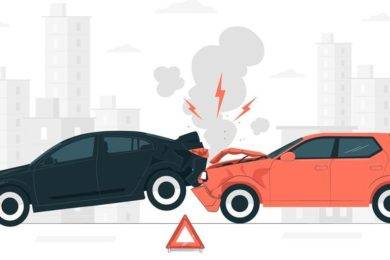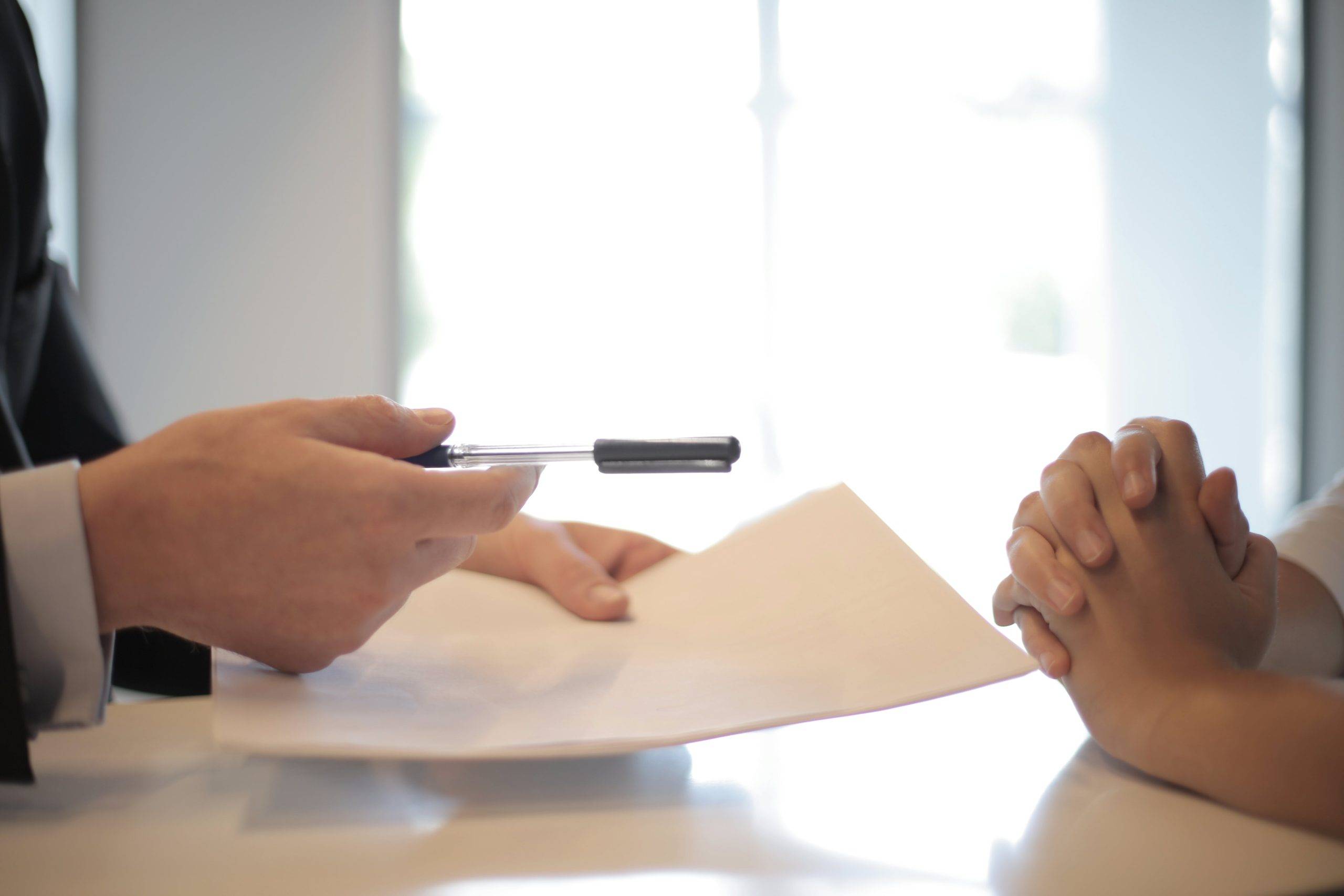The aftermath of an accident or incident that causes vehicle damage can be overwhelming. Knowing how to correctly document and preserve evidence beforehand for an insurance claim can make all the difference and help in navigating through the process. Whether it’s minor or something more serious, properly securing evidence not only streamlines the claims process with your insurer but also increases your chances of a favourable outcome. In this blog post, we at CHOLA MS general insurance will cover tips that will guide you through the documentation process, ensuring your insurance claim sails as smoothly as possible.
Take pictures and videos: After an accident, the first step is to capture the evidence. Use the help of your smartphone to take clear images of the damage to your car or vehicle. Capture the overall scene from different angles, including close-ups of specific areas. Recording videos that show the condition of your vehicle and any injuries sustained will further strengthen your claim.
Gather contact information: While at the scene, collect contact information from people involved in the incident, including other drivers, passengers and any witnesses. Collect their names and contact information. These details will be valuable when it comes to verifying facts and statements later in the car insurance claim process.
Write down details: As soon as possible, write down a detailed narrative of what happened. Jot down information like date and time of occurrence and any other relevant factors. Be as objective as possible and avoid speculation or assumptions. These written statements can help provide clarity when discussing the incident with your insurance company.
Get help from Police: By any chance, if there was a police official present at the scene, request for a copy of the police report. This report will contain vital information about the incident and help in the claim process.
Keep track of medical records: If you or any passengers suffered injuries during the incident, it is crucial to preserve medical records. These records include doctor’s notes, test results and treatment plans which serve as evidence of the impact the incident had on your health.
Retain repair estimates and invoices: After the incident, you will need to get your vehicle repaired. As part of your claim, keep copies of repair estimates and invoices, including detailed descriptions of the necessary repairs and the costs. This documentation will help ensure that you are appropriately compensated for the repairs needed.
Notify your insurance company promptly: Once you have collected all evidence, inform your insurance company as soon as possible. Delaying the claim notification may result in complications or potential rejection. When applying for a car insurance claim process, be prepared to share the details of the incident and provide any required evidence.
When making a Chola claim intimation, documenting and preserving evidence is crucial for a smooth car insurance claim process. Be proactive in collecting evidence, recording details and keeping track of all needed documents. By keeping these tips in mind, you can navigate any car insurance claim process smoothly and increase your chances of receiving a fair settlement.
From taking pictures and videos to gathering contact information and official reports, each step contributes towards building a strong case. By being diligent in recording and retaining evidence, you can navigate a Chola claim intimation or any claim process seamlessly.
For Nicole Ann Pore, as cliche as it sounds, there is no place like home. She believes that is not only a responsibility but also a privilege to create and take care of a house where home is built. Nicole writes on topics that reveal the essence of a nice home, as well as home care and improvement tips. She is a daytime writer for Wincrest Bespoke, one of New South Wales’ most experienced home residential builders. | Nicole graduated Cum Laude from De La Salle University Manila, Philippines with a Bachelor’s Degree in Communication Arts.











